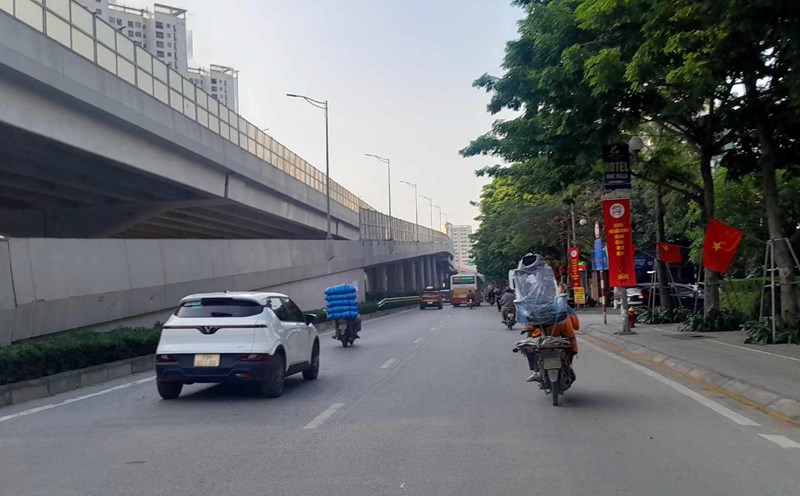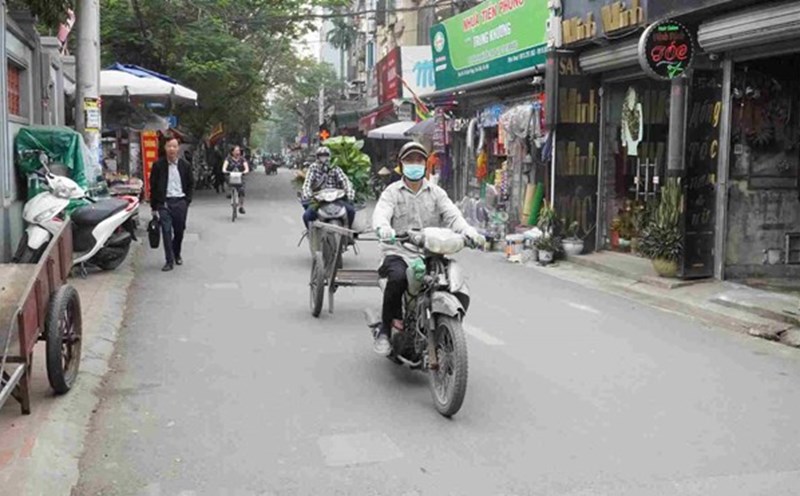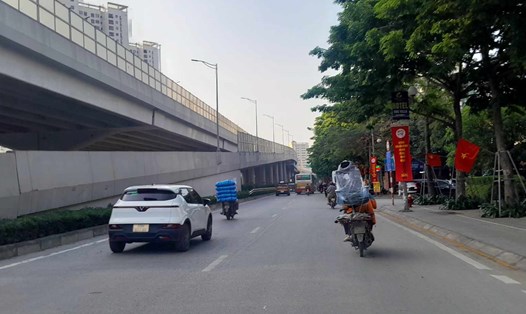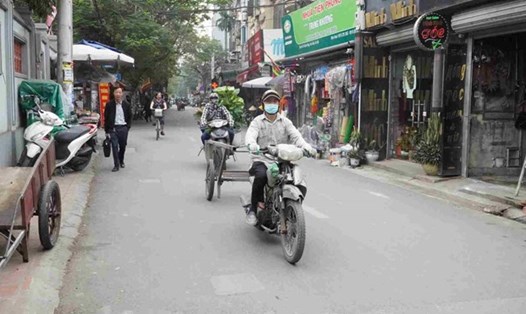In the policy impact assessment report on the plan to apply motorbike emission inspection starting from January 1, 2027 in Hanoi and Ho Chi Minh City, the Ministry of Agriculture and Environment pointed out both the positive and negative aspects.
On the positive side, the policy contributes to improving the quality of the living environment, contributing to protecting public health, especially vulnerable groups (children, the elderly), improving labor productivity through diseases related to air pollution.
Reduce indirect medical costs and economic losses due to diseases related to air pollution (respiratory, cardiovascular...) in the two cities.
Create motivation for technology research for motorbikes, businesses, and motorbike associations. Promote the development of electric vehicles while creating development opportunities for supporting industries (battery production, battery recycling, purchasing and recycling old motorbike components...).
With the orientation and perspective of socializing motorbike emission inspection, it will create business opportunities and open up job opportunities for people. In addition, promote the maintenance and repair service market to meet emission standards.
Contributing to the completion of the legal system on motorbike emission control, specifying the provisions of the Law on Environmental Protection 2020 and the Law on Road Traffic Order and Safety 2024.
Raising public awareness of the role of emission control. The policy will contribute to accelerating the process of maintaining and repairing vehicle inspections to meet the requirements of emission regulations, thereby minimizing the risk of traffic accidents.
Promote and create a foundation for the mechanism of "recovering - recycling used cars" towards developing a circular economy. This opens up business and job opportunities for people in the scrap recycling sector.
This is the basis for building low-emission zones in the immediate post-urban core areas and expanding for the next phase.
This is a key pilot phase, deciding the feasibility of the entire roadmap. If effectively implemented in Hanoi and Ho Chi Minh City, it will create a technical, legal and social foundation for national expansion.
Marking efforts in controlling and limiting emissions from motorbikes and mopeds in circulation.
However, the Ministry of Agriculture and Environment also assessed some negative impacts of this policy as follows:
This policy can cause costs for people, especially low-income groups using used vehicles (before 2008) that do not meet standards. This type of old motorbike may be forced to repair or replace the vehicle.
incurring initial investment costs for inspection infrastructure (equipment, human resources, facilities) and administrative management.
If there is no suitable system to recall and treat old vehicles, pollution can arise from old vehicles that are not properly treated.
Risk of overloading the inspection system in the early stages if there is no reasonable plan or timely communication.
Can cause social problems, causing social reactions if there is a lack of financial support policies, communication to raise awareness especially for the disadvantaged and low-income group in the inner city.
Through analysis and assessment of policy impacts, positive and negative aspects of solutions, the Ministry of Agriculture and Environment proposed to select solutions, regulating the roadmap for applying QCVN on emissions to motorbikes in circulation in Vietnam, starting from January 1, 2027 in Hanoi and Ho Chi Minh City. This is an optimal plan that needs to be issued to protect public health, meet legal requirements, improve the environment and promote sustainable development.











